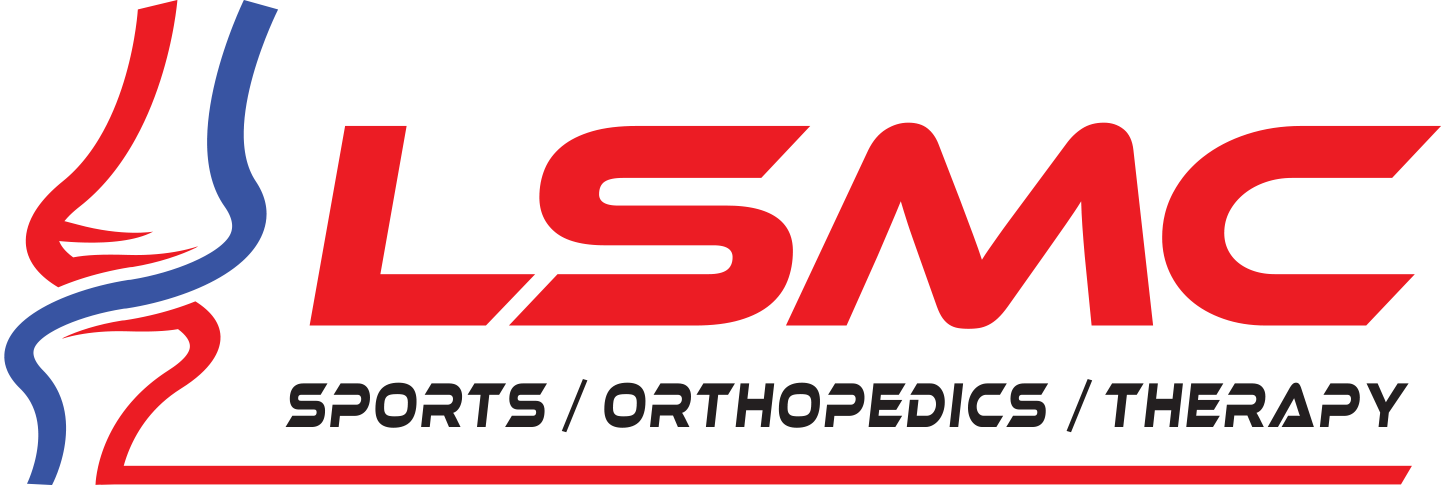EVERY TIME THEY step onto the field or the court, athletes know there’s a risk of injury—and potentially serious injury, at that.
Players work hard in the gym when they train to put themselves in a position where they decrease the risk of injuries. Whether it’s through stretching, exercise techniques, or nutrition, all athletes try and minimize the chances of suffering an injury.
But no matter how hard you train, an injury can happen at any time and often without warning. Perhaps you take too quick a cut around a defender, or don’t see that linebacker coming at your back, or slip while charging at a fly ball—your season or your career could end in a snap.
Torn ACL
Notable Athletes: Tom Brady, Tiger Woods, Chipper Jones, Keenan Allen, Teddy Bridgewater, Adrian Peterson
Estimated Recovery Time: 8 to 12 months
ACL injuries are common in all sports, but football players deal with these quite a bit. The anterior cruciate ligament provides 90% of the leg’s stability and is essential to dynamic movement. ACLs often tear beacuse of quick changes in direction, something most athletes have to deal with. The risk is especially high in lateral-motion-intensive sports like football and basketball.
The tell-tale “pop” of the ligament (and accompanying pain) means the end of your season and the beginning of approximately a year of rehab before a full recovery is possible. Adrian Peterson suffered a torn ACL and MCL in his left knee during the 2011 season. After that hit, many wondered if he would ever return to football—and if he did, if he would ever be the same. AP shut everyone up on this one: He was back in the lineup just 10 months after suffering the injury and went on to have one of the best seasons in NFL history, rushing for over 2,000 yards.
But Peterson is an outlier on this one—very often athletes need the full recovery time for this injury.
Severe Concussion
Notable Athletes: Troy Aikman, Steve Young, Sidney Crosby, Mike Piazza
Estimated Recovery Time: Varies by athlete/severity
Concussions have received heightened attention across all sports, but they remain a common risk for athletes and the recovery time can vary depending on the situation. In the past, many coaches and players simply shrugged them off and kept on playing, but the reality is that they can have a number of significant impacts on athletes, including loss of vision, memory issues, motor function problems, and long-term effects like the disease CTE. Concussions can force players to retire if they are severe enough, and that has caused leagues like the NFL and MLB to adopt new protocols and policies when it comes to head injuries.
Make sure you know the signs of a concussion—it’s easier to suffer one than you might think.
Torn Ulnar Collateral Ligament (necessitating “Tommy John Surgery”)
Notable Athletes: Stephen Strasburg, John Smoltz, Jose Fernandez, Matt Harvey, Adam Wainwright, Tim Hudson
Estimated Recovery Time: 12 to 18 months
The human body was not built to throw a baseball at 90 mph—so it’s not a surprise that pitchers deal with all types of injuries to their throwing arms. For a long period time, tearing your UCL meant your career likely would be over, but everything changed when pitcher Tommy John and Dr. Frank Jobe teamed after John suffered the injury in 1974. Jobe performed what was considered to be an “experimental” procedure, taking the replacing the ligament in the elbow of John’s pitching arm with a tendon from his right forearm.
John was able to continue pitching, winning over 150 games and sparking other pitchers to undergo the same procedure. Some pitchers weren’t always able to make it back, but as the years went by, technology and understanding behind the procedure got better and better. Things advanced so much that it has become a routine procedure and many players have been able to come back and flourish. The late Jose Fernandez returned stronger than ever from the surgery, while players like Wainwright, Smoltz, Hudson, and Harvey all were able to get their careers back on track after having the procedure. Even with the advanced measures, the most resilient arms still face a year and a half of rehab before attempting a comeback.
Fractured Vertebrae
Notable Athletes: Tony Romo, Kevin Everett, Michael Irvin, Steve Austin, Cam Newton
Estimated Recovery Time: Potentially career-ending
Back injuries are some of the most serious in sports. One of the most frightening out of any back injury is a fractured vertebrae, which can affect a person’s ability to move and may even lead to paralysis. Both Cam Newton and Tony Romo have suffered injuries to their vertebrae, but both were able to make full recoveries—in fact, Newton led his team to the playoffs after suffering his in 2014. Buffalo Bills tight end Kevin Everett suffered the injury early in the 2007 season, ending his career and casting doubt on his ability to walk again, but thankfully, Everett made a full recovery. Either way, this injury is one of the scariest that any athlete can deal with.
Broken Leg
Notable Athletes: Reggie Bush, Joe Theismann, Kendrys Morales, Conor Shaw, E.J. Henderson
Estimated Recovery Time: Varies by situation, but usually at least a year
Between the femur (your thigh bone) and the tibia (your shin bone), your legs have the strongest weight-bearing bones in the human body. Your femur is approximately four times stronger than concrete, so it’s very difficult for athletes to break it. But when it does happen, it’s unquestionably a crippling injury—and sometimes players can’t make it back from it. Every athlete fears the sound of a snapping tibia—so when it happens on the field, everyone takes a knee and prays.
Washington Redskins quarterback Joe Theismann suffered one of the most famous—and gruesome—broken leg injuries in the history of sports in 1985 when he was taken down by legendary Giants linebacker Lawrence Taylor. Theismann said that “(his) leg from the knee down was completely numb” and it ultimately forced his early retirement from the NFL.









